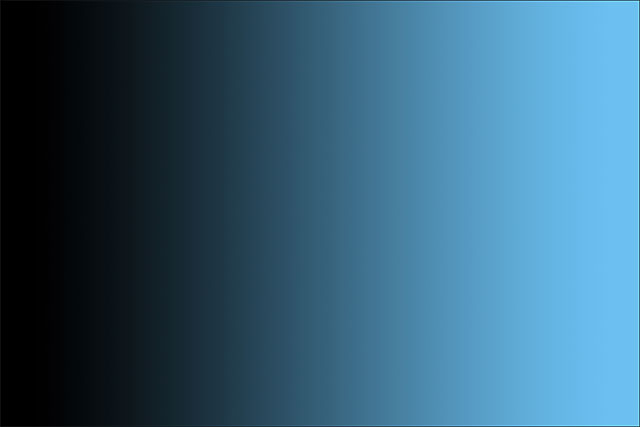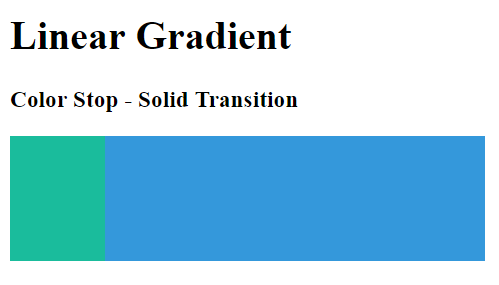
!Tip: You can edit the results of a Gradient Mask by selecting the Paint Mask tool in the drop-down menu and using the Brush mode to add to or subtract from the masked area.
Click and drag just outside the middle dot to rotate the mask.# LinearGradient is a YStack that accepts all Tamagui style props as well as theme colors, that places expo-linear-gradient inside it set to absoluteFill. Drag the middle dot to position the gradient. It is the amount of vertical movement for each unit of horizontal movement to the right. LINEAR GRADIENT DOWNLOAD
Drag the top or bottom line with the Hand tool to expand or contract the gradient. Download and use 100,000+ Gradient Background stock photos for free. The gradient is a measure of the slope of a line. The Linear Gradient Mask tool offers simple controls to refine the gradient. The same controls can be used Invert or Clear the gradient if needed. If needed, you can refine your mask by using the Additional Mask Controls. You will see a translucent red overlay indicating the affected areas Click and drag to create a linear gradient. Choose the Linear Gradient mode in the mask tool. Choose the Dramatic tool and increase the sliders to high values, making the effect easy to see. Select the Edit tab on the Top Toolbar to reveal the Tools pane and scroll down to the Creative tools. The Linear Gradient Mask is a favorite of landscape photographers as it enhances images smoothly by applying effects along a gradient. The Linear Gradient Mask tool is helpful in creating a gradual blend between two states. If you want a horizontal gradient, to right will do the trick, but a slight angle like 60deg looks more natural. By default, the gradient will go from top to bottom, but we can also specify a direction. 
Marking Favorite Images in the Single View Step 1: Add a Gradient First, we need to add the gradient as a background.

Choosing Favorite Images in the Catalog View.

Moving Images from the Single Image Edits Shortcut to an Album.The color progression in linear gradient is in a straight line. Reconnecting Missing Folders and Images Linear gradients are generated using the linear-gradient() function.Loading an Additional Luminar Neo Preset Collection 3.1 Linear Gradients: the linear-gradient () notation 3.2 Radial Gradients: the radial-gradient () notation 3.3 Repeating Gradients: the repeating-linear-gradient () and repeating-radial-gradient () notations 3.4 Defining Gradient Color 3.4.1 Color Stop Lists 3.4.2 Coloring the Gradient Line 3.4.Get editing suggestions with For This Photo.Using Luminar Neo as a Photos for macOS Extension.Using Luminar Neo with Adobe Lightroom Classic.Using Luminar Neo as a Standalone Image Editor.







 0 kommentar(er)
0 kommentar(er)
